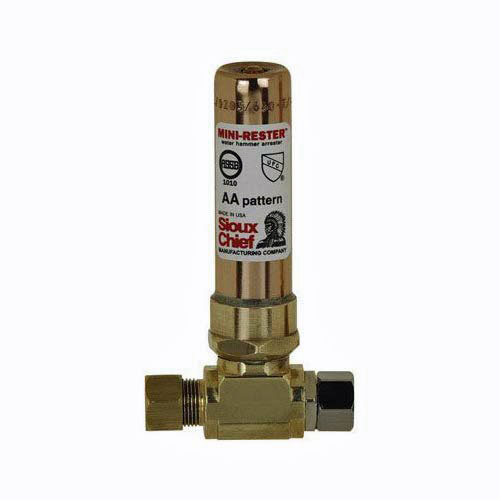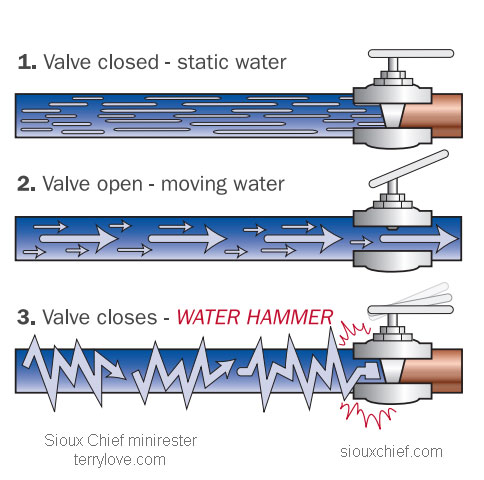rockncountry101
New Member
I have a brand new manufactured home. In both bathrooms I have water hammer. Anytime the toilets finish filling up or I turn off the cold or hot faucets I hear a single BANG in the wall in front of the showers. This is in both bathrooms. I have tried to install a regulator and set the PSI to 75 to keep it under the 80 that the manufacturer recommends. I had a plumber tell me to install an arrester on both the hot and cold water inlets to the washer. I don't have a washer yet but this problem is driving me nuts. The manufacturer wants to send out a tech to cut into the wall but I don't want him destroying my drywall chasing what we many not be able to find. It could be a loose strap but I can't believe it would be in BOTH bathrooms. Would an arrester help and if so where do I install it? Thanks!


